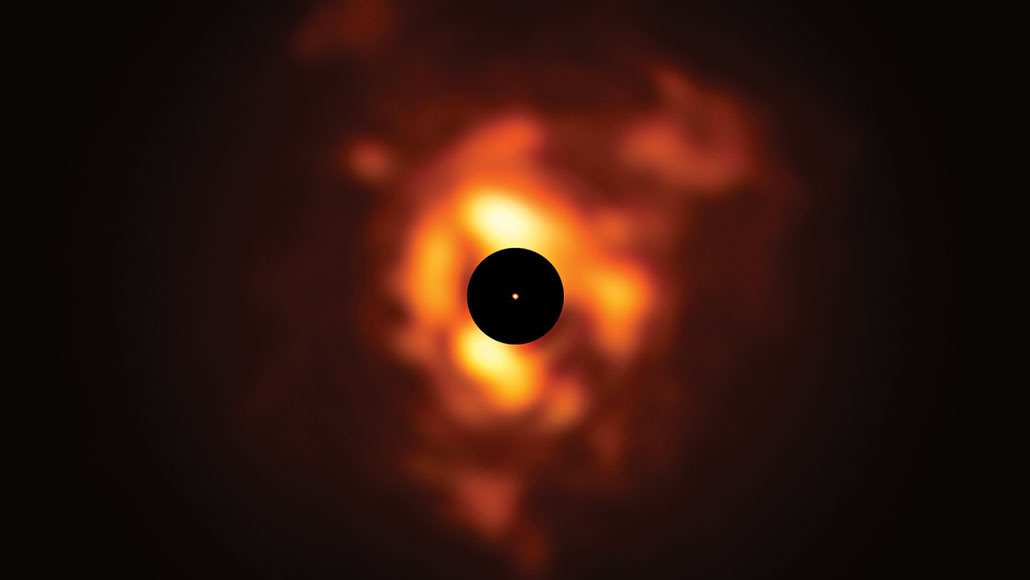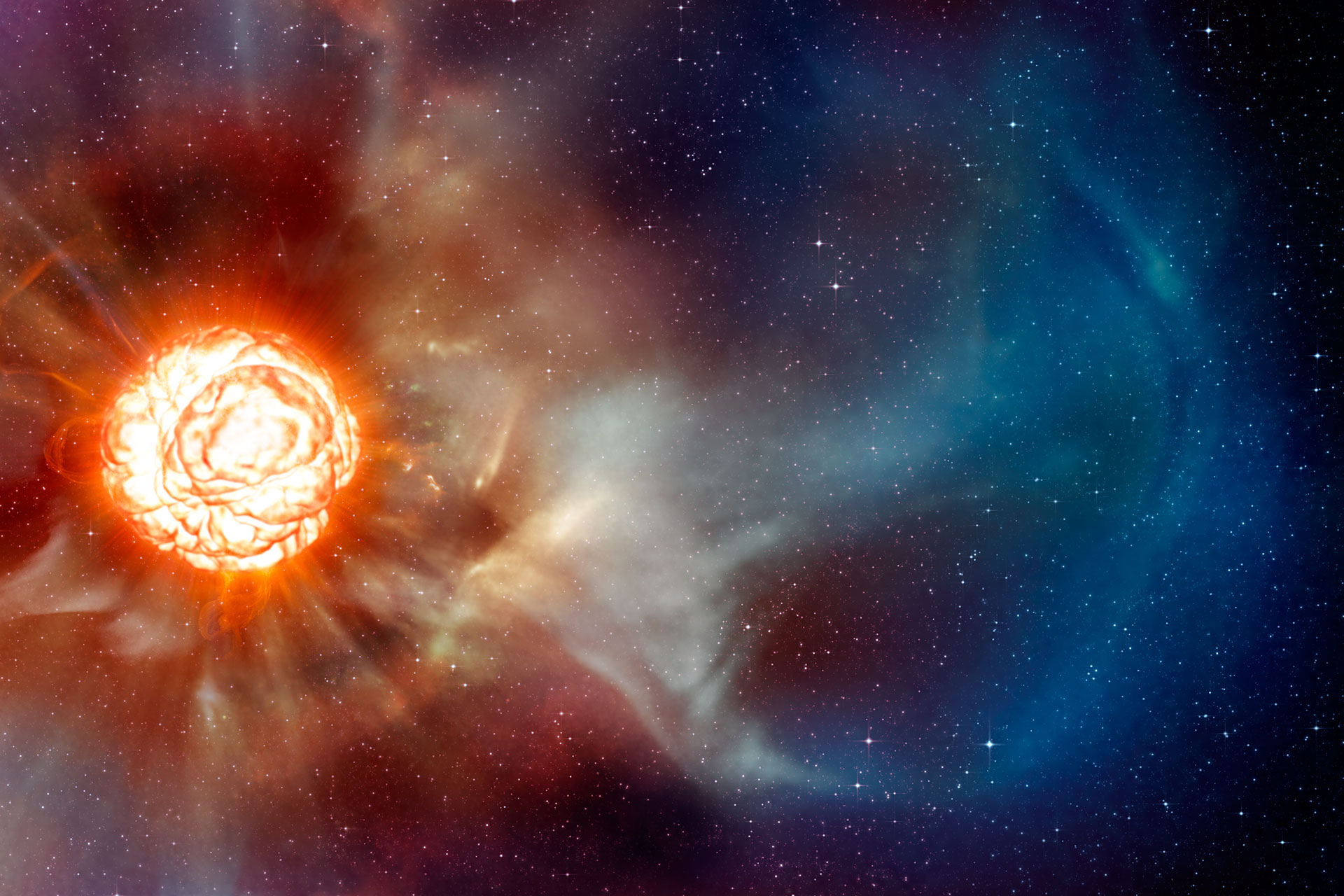Seldom Bucket
Well-Known Member
Astrophysicist Miguel Montargès has a clear memory of the moment the stars became real places to him. He was 7 or 8 years old, looking up from the garden of his parents’ apartment in the south of France. A huge, red star winked in the night. The young space fan connected the star to a map he had studied in an astronomy magazine and realized he knew its name: Betelgeuse.
Something shifted for him. That star was no longer an anonymous speck floating in a vast uncharted sea. It was a destination, with a name.
“I thought, wow, for the first time … I can name a star,” he says. The realization was life-changing.
Since then, Montargès, now at the Paris Observatory, has written his Ph.D. thesis and about a dozen papers about Betelgeuse. He considers the star an old friend, observing it many times a year, for work and for fun. He says good-bye every May when the star slips behind the sun from the perspective of Earth, and says hello again in August when the star comes back.

Betelgeuse went dark, but didn’t go supernova. What happened?
Astronomers are anxious to learn why Betelgeuse, one of the brightest stars in the sky, dimmed dramatically, but didn’t explode, in 2019.


